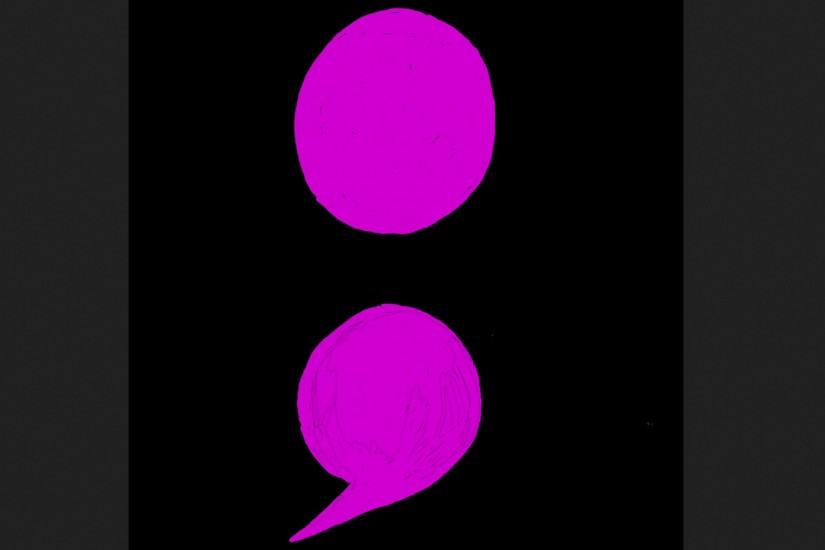1. It’s young. Well, not young compared to you and me—but relative to the rest of our punctuation mainstays, the 525-year-old semicolon is a spring chicken. The period dates all the way back to the 3rd century B.C., although it began as a dot placed at the tippy-top of the end of a sentence and didn’t drift down to its current position until the 9th century. Commas and colons—in concept, at least—trace their origins back as far as periods, but their original forms were also simple dots, suspended at different elevations. They didn’t unfurl into their present shapes until much later, with the comma reinvented in the 12th century as a slash that slowly slid down below the baseline of the text into its modern form; and the colon began to turn up in its current incarnation in the late 13th century.
The semicolon would take a couple more centuries to join the party. It debuted in 1494, in an Italian book called De Aetna. The publisher of the book, Aldus Manutius, believed readers and writers would find a use for a break midway between the quick skip of a comma and the patient pause of a colon; and so, out of these two marks, he created the chimera we know as the semicolon, with its colon head and comma tail.
2. It might be poisonous. A Dutch writer known as Maarten Maartens (the pen name of Jozua Marius Willem van der Poorten Schwartz), now not exactly a household name, was tremendously popular as an English-language writer during the late 19th and early 20th centuries. One of Maartens’s books, The Healers, features a scientist who develops an “especial variety of the Comma” called Semicolon Bacillus, with which he manages to kill several lab rabbits.
3. It has a long history as a courtroom troublemaker. A semicolon that slipped into the definition of war crimes in the Charter of the International Military Tribunal threatened to derail the prosecution of captured Nazis, until a special protocol was created to swap it for a comma. This wasn’t the semicolon’s first or last brush with the law. It was notorious among early-20th century Americans for interrupting liquor service in Boston for six years, after a semicolon snuck into a regulatory statute during retranscription. More sinisterly, semicolons (and indeed all manner of punctuation marks) have been implicated in many appeals cases in which a defendant has been sentenced to death.
